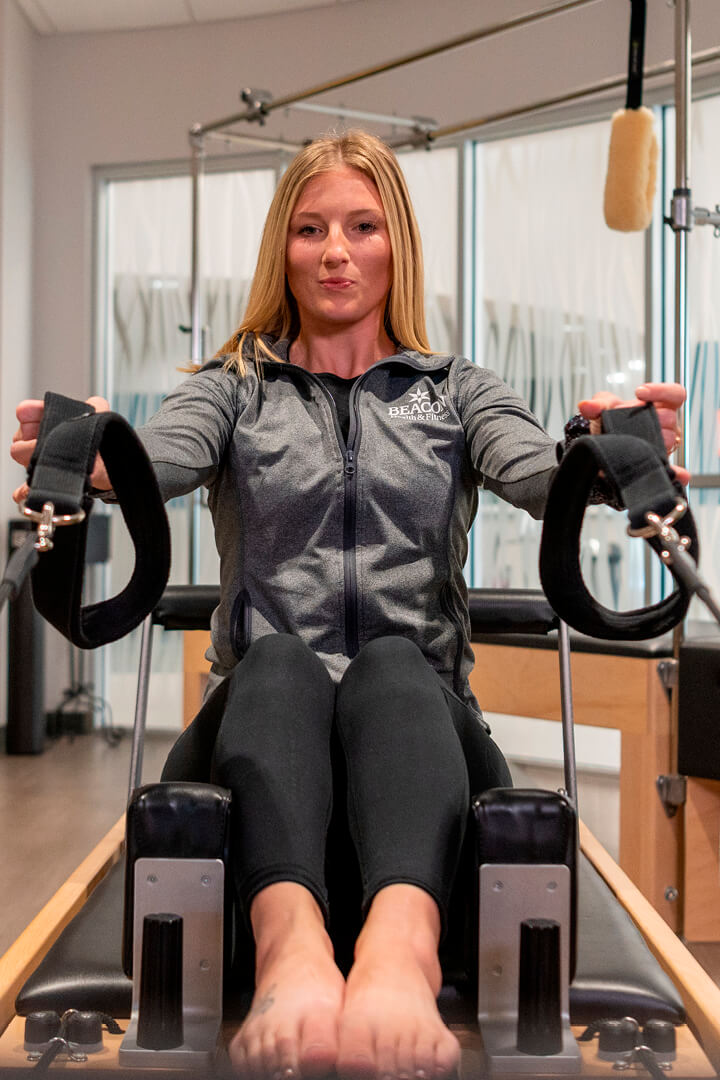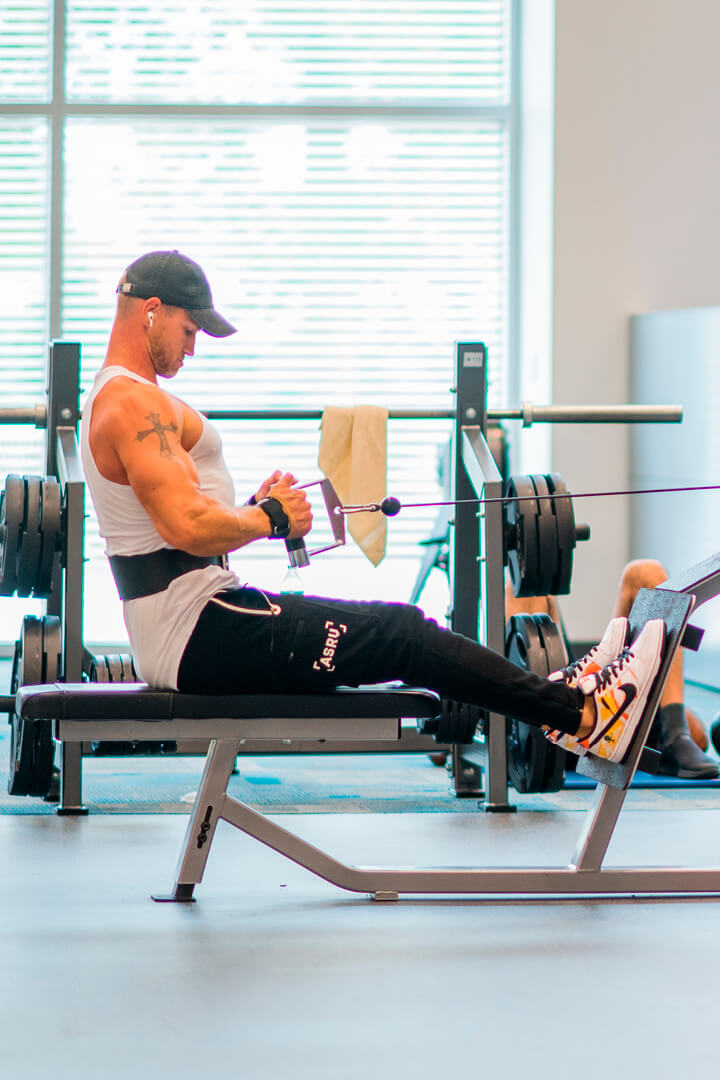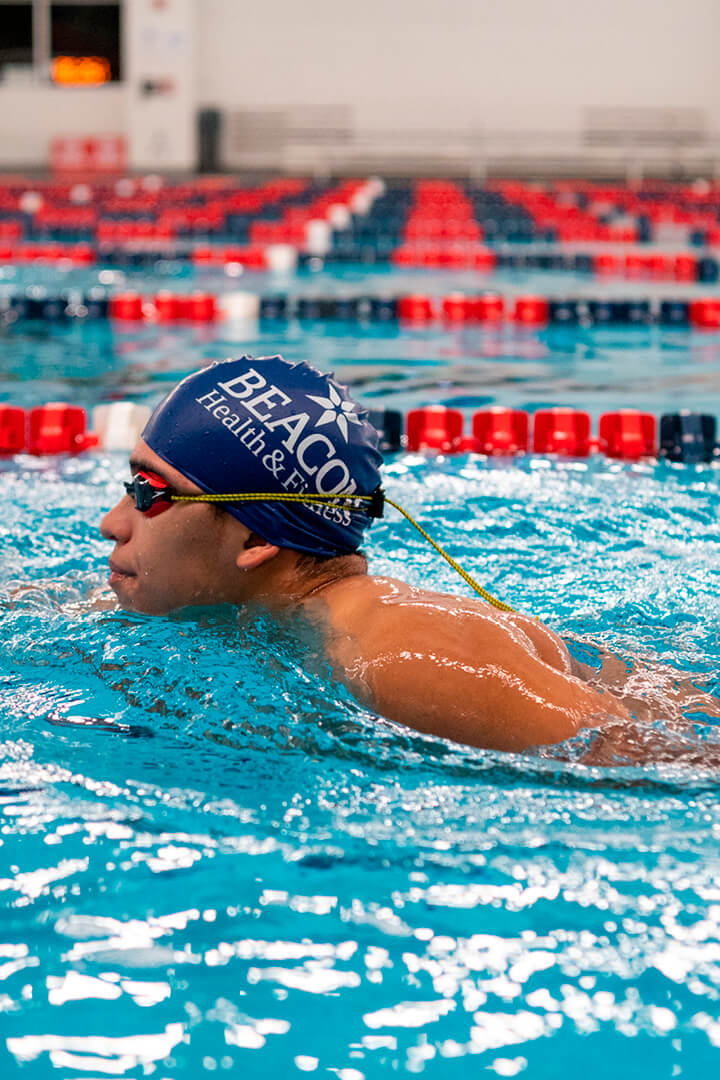Shin splints are a common problem, especially among runners. They can be quite painful and frustrating, derailing a runner’s goals. Before we dive into what could be causing shin splints and how to treat and prevent, let’s start with what shin splints are.
What are shin splints?
Shin splints, called medial tibia stress syndrome (MTSS), are inflamed muscle tissue in the lower leg between the knee and the ankle. Shin splints are usually caused by excessive amounts of force placed on the shin bone and muscles surrounding the shin bone. In extreme cases, shin splints could be the result of tiny bone fractures caused by consistent pounding.
Care for shin splints
If you do experience pain from shin splints, please consult your physician. If you have not been experiencing shin splits long term, there are some ways to relieve the pain at home.
- Use the RICE method: Rest, Ice, Compression (by use of elastic compression bandages), Elevate
- Try some gentle foam rolling
- Try an over-the-counter anti-inflammatory
- REST! If you do not allow your body time to rest and heal, the likelihood of developing bone fractures increases dramatically. The usual recommended time to rest from the activity causing shin splints (running), is 2 weeks. You can still participate in other activities, such as swimming, light walking, or weightlifting (stick to upper body exercises).
How to prevent shin splints
Although shin splints are typically caused by pounding, there are other factors that may put you at a higher risk, such as:
- Muscle weakness typically in the glutes and quadriceps. Weak hip abductors (outer thigh), hip adductors (inner thigh), and possibly hamstrings could also be a contributor.
- Decreased flexibility
- Landing on the toes or heel driving
- Foot shape and support (flat feet or extremely high arches)
There are some ways to prevent shin splints if you know you tend to be at risk. Here are a few tips:
- Wear shoes that fit well and are meant for that sport or exercise. For example, don’t wear weightlifting or training shoes for a run.
- Warm up before exercise for at least 5-10 minutes.
- Increase exercise intensity gradually.
- Likewise, decrease exercise intensity gradually.
- Be sure to stretch, especially through the through the shins.
Example: point and flex the feet, kneel on the floor lifting knees to a hover while pressing tops of the feet into the floor, etc.
- Include strength training for all areas of the body, but especially: the glutes, hamstrings, quadriceps, hip abductor/adductors, calves, and shins (banded walks).
- Avoid or take special care with running uphill or downhill. Downhill, although it may seem easier, is actually the hardest on the tibia.
- Lastly, but most important: do not exercise through the pain! Rest when shin splints occur. Stop before they end up getting worse; the risk is not worth the reward.
- Emily Hershberger – UESCA Certified Running Coach





